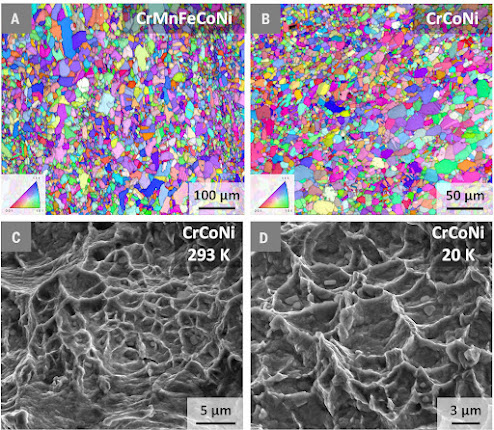A team of researchers, including those at the University of Connecticut, has developed a nanoparticle-based treatment that targets multiple culprits in glioblastoma, a particularly aggressive and deadly form of brain cancer.
The results, a collaboration between UConn and Yale University, were published today in Science Advances.
The new treatment uses bioadhesive nanoparticles that adhere to the site of the tumor and then slowly release the synthesized peptide nucleic acids that they’re carrying. These peptide nucleic acids target certain microRNAs – that is, short strands of RNA that play a role in gene expression. Specifically, they’re directed at a type of overexpressed microRNA known as “oncomiRs” that lead to the proliferation of cancer cells and growth of the tumor. When the peptide nucleic acids attach to the oncomiRs, they stop their tumor-promoting activity.







.jpg)

.jpg)





.jpg)

